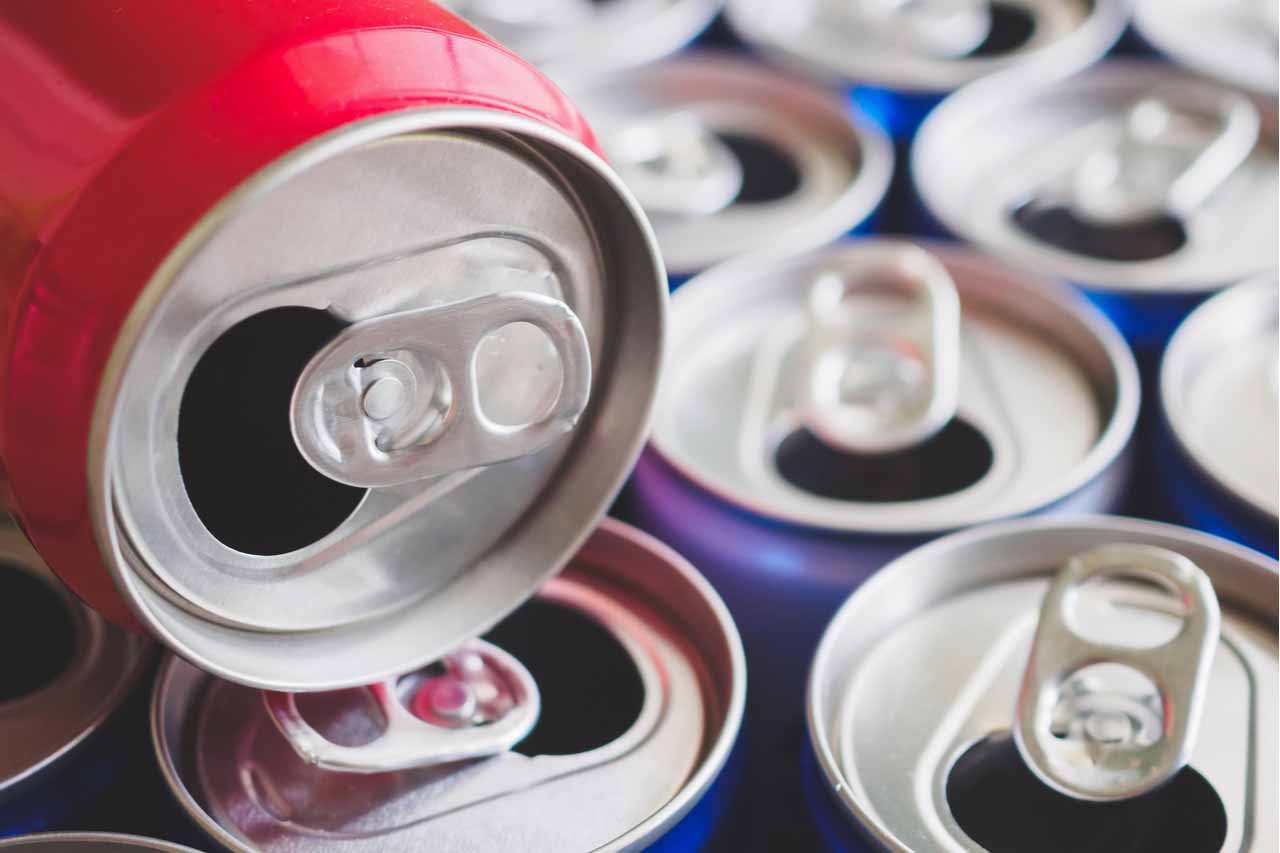
Of the nine other bottle-bill states, only Massachusetts and Connecticut reported lower container rates in 2022, at 38% and 45% respectively. | Kwangmoozaa/Shutterstock
Iowa had the third-lowest container recovery rate among the ten states with deposit return systems, the 2022 Recovery Rate report found, although part of that figure is based on estimation.
The Iowa Department of Natural Resources recently published the annual report, which was prepared by the Container Recycling Institute.
Unlike the other states, beverage distributors are not required to report beverage container sales or return data in Iowa, so the rate is instead found by using the state’s annual material characterization study to estimate the weight of landfilled deposit beverage containers, then comparing it to the Container Recycling Institute’s Beverage Market Data Analysis for the weights of deposit beverage containers sold in 2022. The percentage wasted is subtracted from 100%, giving an estimate of deposit beverage containers recovered.
The numbers are scaled to reflect seasonality and converted into units landfilled using conversion factors specific to both container type and beverage type: 12.89 units/pound for PET bottles, 31.62 units/pound for aluminum cans and 1.38 units/pound for glass bottles.
As some of the containers are redeemed through redemption locations and some are recycled through curbside and drop-off programs, the report noted that it gives a recovery rate, not a redemption rate.
In 2022, 2.5 million tons of material was landfilled in Iowa, and the material characterization study suggested that 0.249% of the total tonnage was PET deposit beverage bottles, 0.525% was deposit aluminum cans and 0.774% was deposit glass beverage bottles.
Overall, the report estimated the overall recovery rate was 49% in 2022. By material, the rate was 56% for PET containers, 42% for aluminum containers and 76% for glass containers.
“For comparison, Iowa’s deposit container recovery rate of 49% is below the average recovery rate of 64% for containers on deposit across the ten container deposit states,” the report stated. “However, Iowa’s deposit container recovery rate is substantially higher than the national average for non-deposit containers which have a recovery rate of 25%.”
Among the states with deposit programs, only Massachusetts and Connecticut reported lower rates in 2022, at 38% and 45% respectively.
The report added that COVID-19 had “major repercussions on nearly every bottle bill system within the U.S., the vast majority of which experienced declining recovery rates that have not recovered to their pre-pandemic levels.” Iowa’s bottle bill also changed part way through 2022 when a new law came into effect that allowed some retail stores to stop accepting beverage containers, which bottle bill supporters said has hurt redemption access.